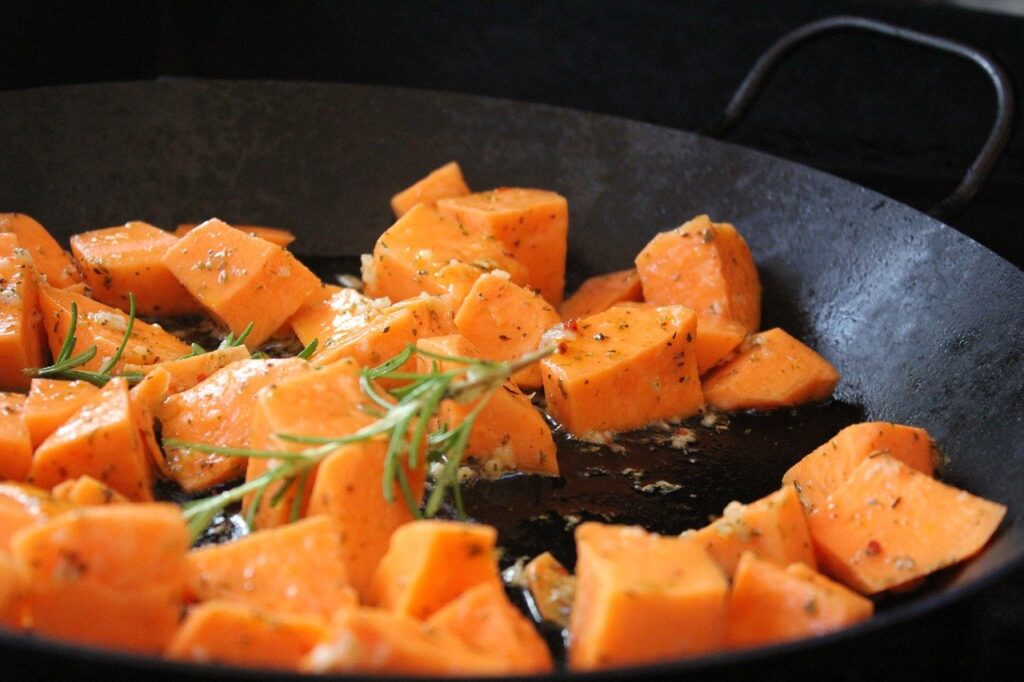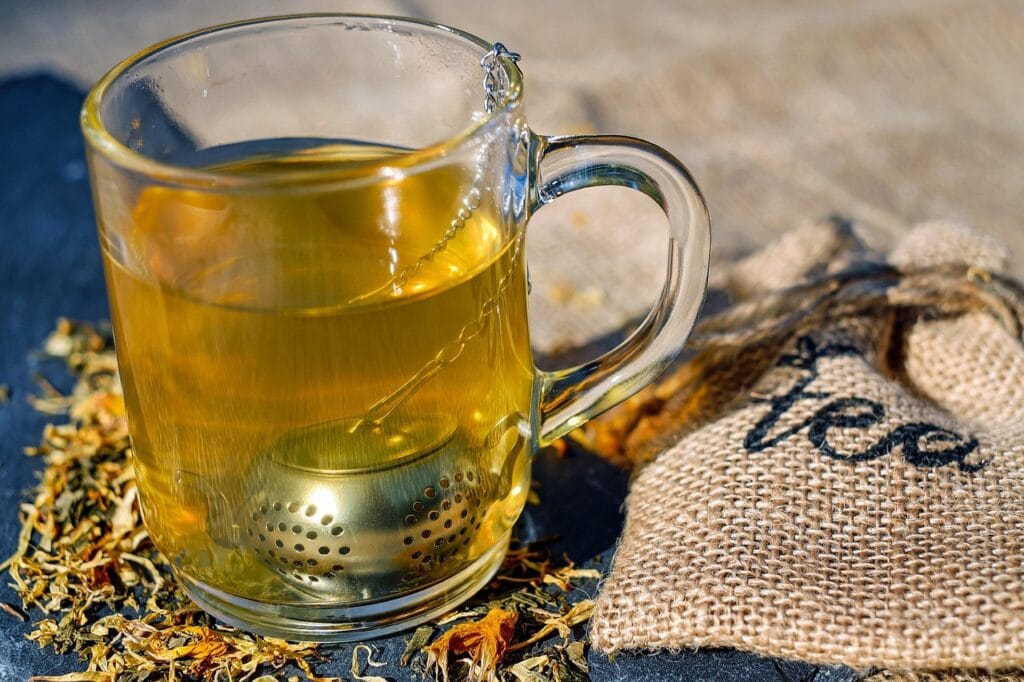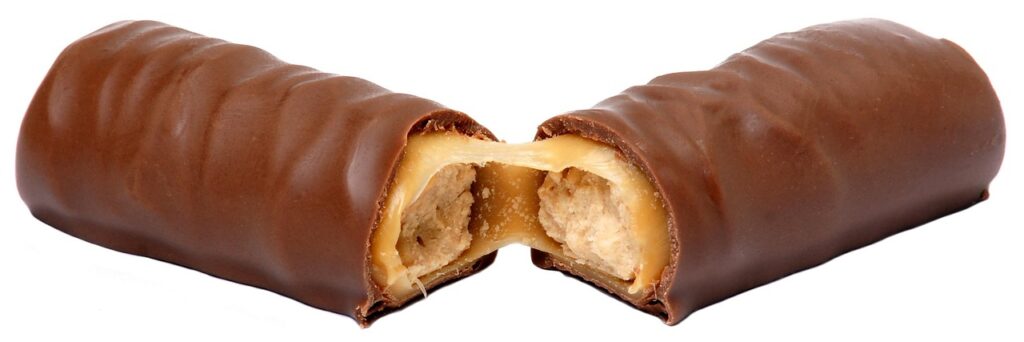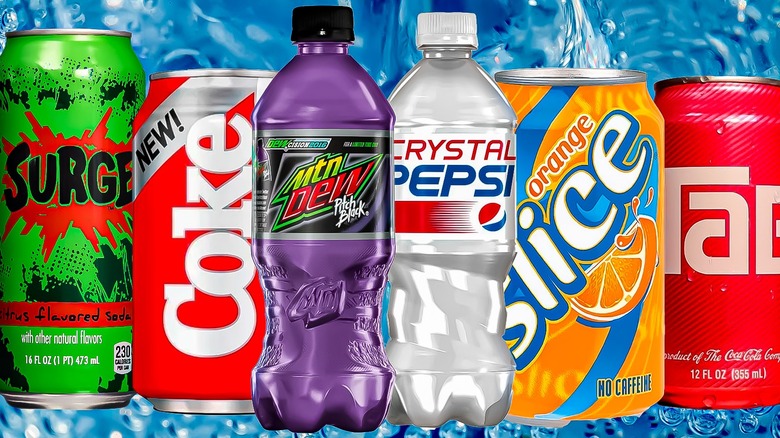
Ever had a soda so good that you still dream about it years later, only to find out it’s been discontinued? We’ve all been there. The soda market is a bubbly one, full of mad scientist mixologists, intense competition, and new soda flavors popping up left and right. It truly is a sink-or-swim kind of environment where some fizzy drinks rise to the occasion and become permanent residents, while others fail to stand up to the pressure.
After brief moments of fame or infamy—or even longer careers as a beloved favorite—these recipes flop or simply fizzle out, joining the ever-growing graveyard of past soft drink experiments. Today, we’re dredging up a few of these pop blasts from the past, giving them a spark of life after years, or in some cases mere months, on the discontinuation list.
Prepare for tales of candy-infused sodas, atypical flavors, marketing campaigns gone awry, and even nostalgic picks that some sweet tooths would give anything to sip on again. These soda spectacles may be gone, but they’re never forgotten—proof that even in the land of carbonation, the stories are as enduring as the fizz. Let’s take a trip down memory lane and revisit the taste, charm, and ultimate fate of some iconic beverages that are now just a sweet, carbonated memory.
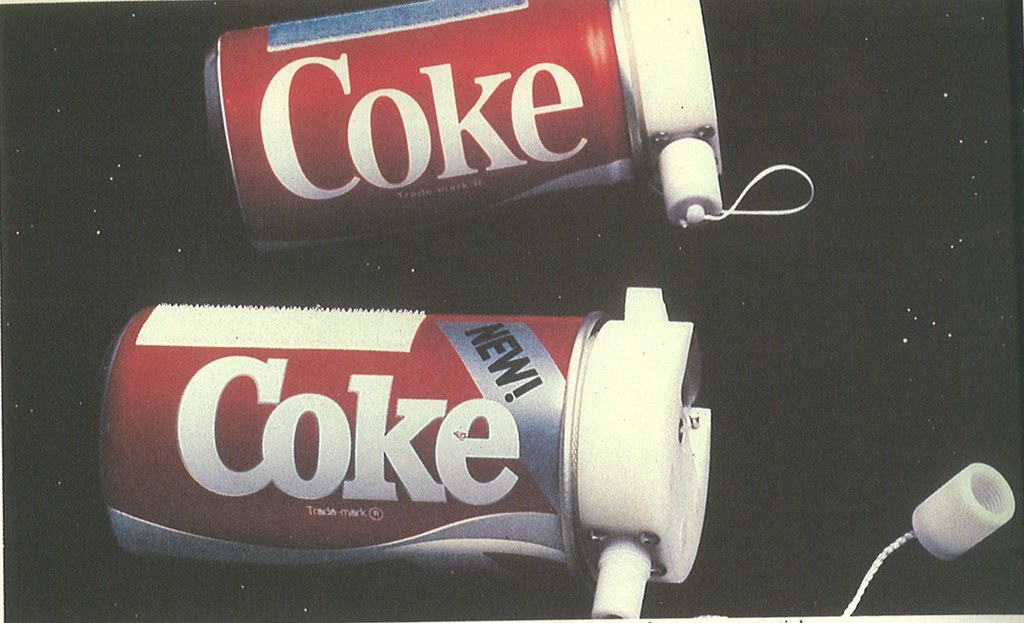
1. **New Coke**Ah, New Coke. If there’s ever been a soda more polarizing in pop culture history, it’s this one. Infamous for being one of the biggest marketing missteps ever! In 1985, after feeling the effects of a stale market and losing share to Pepsi, Coca-Cola decided to make a drastic change. Following a 99-year run with its original formula, the company swapped it for a new one.
Ah, New Coke. If there’s ever been a soda more polarizing in pop culture history, it’s this one. Infamous for being one of the biggest marketing missteps ever! In 1985, after feeling the effects of a stale market and losing share to Pepsi, Coca-Cola decided to make a drastic change. Following a 99-year run with its original formula, the company swapped it for a new one.
This replacement led to panicking, hoarding, and even protesting until classic Coke was returned to its rightful place just a few weeks later. The public backlash was swift and intense, with consumers rightly outraged over the perceived destruction of a beloved brand. Coca-Cola had to reintroduce the original formula as “Coca-Cola Classic” just months to save face.
Some said New Coke was sweeter, while others argued it carried a diluted flavor. There were even claims it tasted eerily similar to Pepsi, which, let’s be real, was like a betrayal to loyal Coke drinkers. Classic Coke had that bold bite, but New Coke dialed it down with a gentler, almost vanilla-like sweetness. Don’t mess with the classic!
Surprisingly, the infamous reformulation did make a comeback in 2019 in partnership with the Netflix show *Stranger Things*. But, for the most part, it’s a variation and marketing blunder Coca-Cola would like to keep deep in its soda graveyard. It really goes to show that sometimes, the original is just untouchable.
Read more about: The Shocking True Story of the Stolen Car That Led to Elvis Presley’s First Record Deal
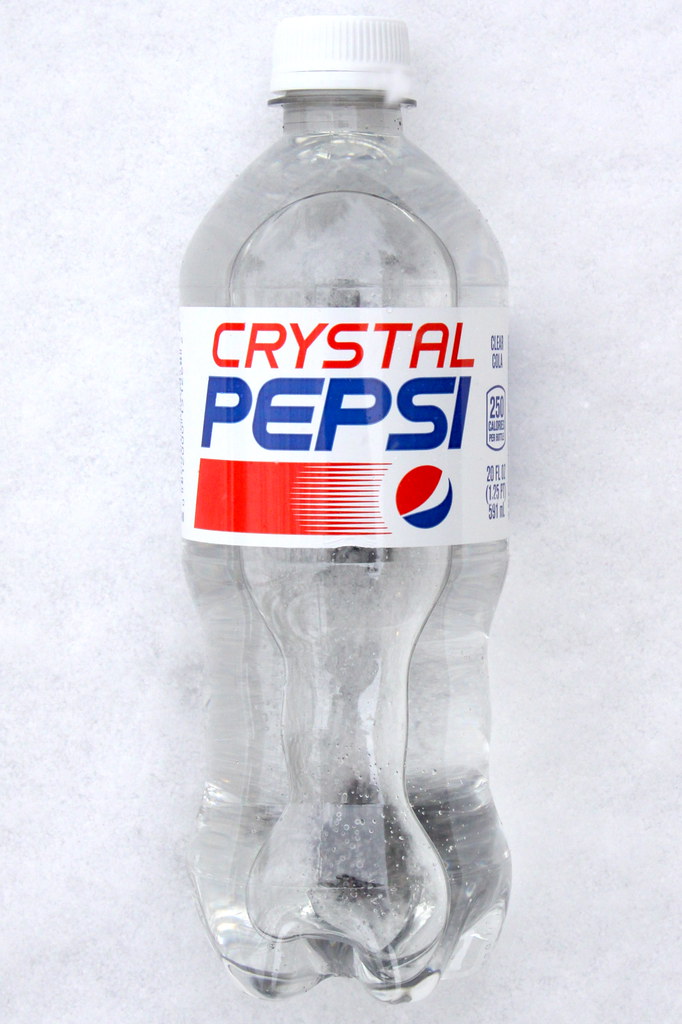
2. **Crystal Pepsi**Remember the clear cola that looked like water but tasted like Pepsi? Crystal Pepsi was a 1990s experiment that sparked curiosity but confused cola lovers! Launched in 1992, Pepsi decided to create a clear version of its flagship product, offering the classic Pepsi taste with a clear, “pure” appearance. It was an apparent misfire by Pepsi, and by 1993, the product was gonzo.
Remember the clear cola that looked like water but tasted like Pepsi? Crystal Pepsi was a 1990s experiment that sparked curiosity but confused cola lovers! Launched in 1992, Pepsi decided to create a clear version of its flagship product, offering the classic Pepsi taste with a clear, “pure” appearance. It was an apparent misfire by Pepsi, and by 1993, the product was gonzo.
Fans were initially drawn to its clean, crisp look and familiar flavor, but its confusing marketing and lack of differentiation from regular Pepsi led to poor sales. Focusing too much on the novelty of its appearance rather than emphasizing its uniqueness compared to its other brands was certainly wrong! We’re not surprised it struggled to establish a foothold.
It truly was a daring move by PepsiCo to create a clear version of its iconic soda. While it offered the classic Pepsi taste, the visual disconnect between the clear liquid and the expected cola experience proved too much for many consumers. It just didn’t quite compute for a lot of us!
The product’s lifespan was incredibly short, lasting barely a year on shelves. This quick disappearance cemented Crystal Pepsi’s place in soda history as a prime example of a bold idea that simply didn’t resonate with the mass market, leaving behind a legacy that’s as clear as the soda itself: sometimes, less is not more.
Read more about: 14 Shocking Celebrity Gaffes That Erased Millions in Brand Deals
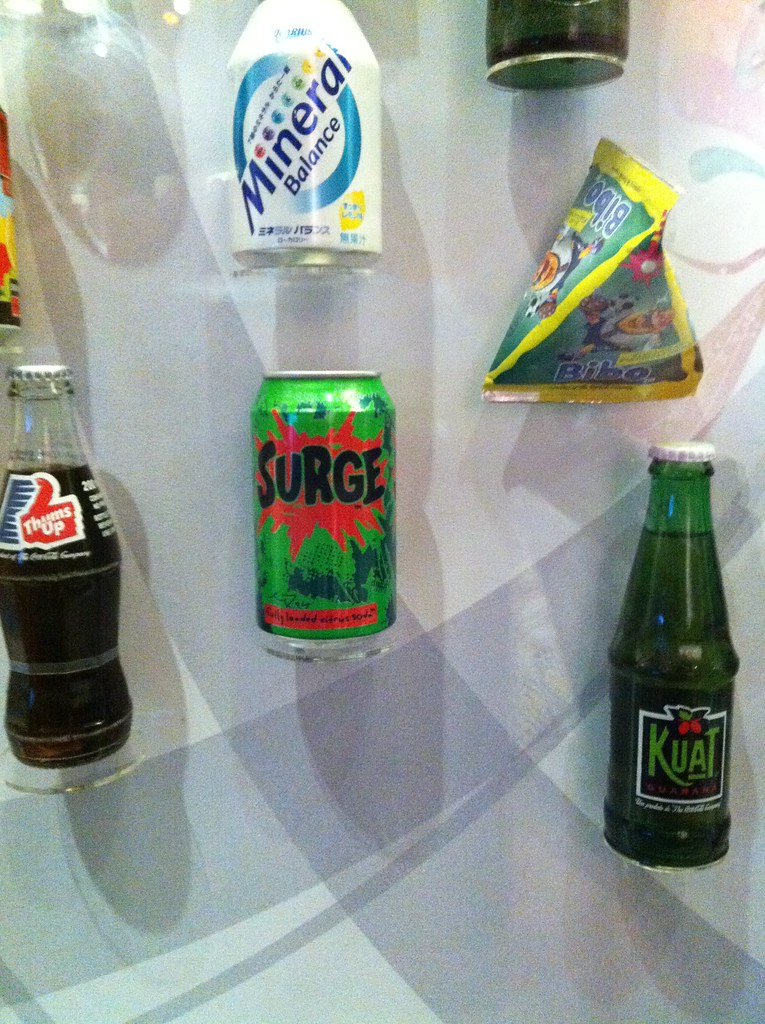
3. **Surge**Surge was Coca-Cola’s bold 1996 answer to Mountain Dew. If you remember, it had a neon-green hue and an unapologetically extreme ’90s marketing campaign. A citrusy soda that felt like Mountain Dew’s wilder, more rebellious cousin! Though the truth is… it’s Coca-Cola’s attempt to compete with Mountain Dew. So, they’re rivals instead of cousins!
Surge was Coca-Cola’s bold 1996 answer to Mountain Dew. If you remember, it had a neon-green hue and an unapologetically extreme ’90s marketing campaign. A citrusy soda that felt like Mountain Dew’s wilder, more rebellious cousin! Though the truth is… it’s Coca-Cola’s attempt to compete with Mountain Dew. So, they’re rivals instead of cousins!
Surge tasted like a citrus explosion in a bottle, an electrified blend of tangy orange and lemon-lime, with a bold, syrupy sweetness that felt like a sugar-powered punch to your taste buds. We’ve heard that it had higher caffeine levels than most of its competitors. Maybe that’s the reason why it was called Surge. You just can’t help it; energy surging all over your body!
Though this drink was discontinued in 2003, it was revived briefly in 2014, and for a short time, you could buy it on Amazon. It even made a comeback in stores and at Burger King in the frozen variety along with Pauly Shore. Yeah, Buuuuddy!
That neon-green color and the promise of a powerful kick made Surge a favorite among those looking for an extra jolt. It perfectly captured the edgy, extreme vibe of the late ’90s, becoming synonymous with video games, skateboarding, and all things youth culture. Even its brief revivals show just how much of a cult following this fizzy beast garnered.
Read more about: Beyond the Badges: 14 Low-Key Trucks That Quietly Outperformed Expectations
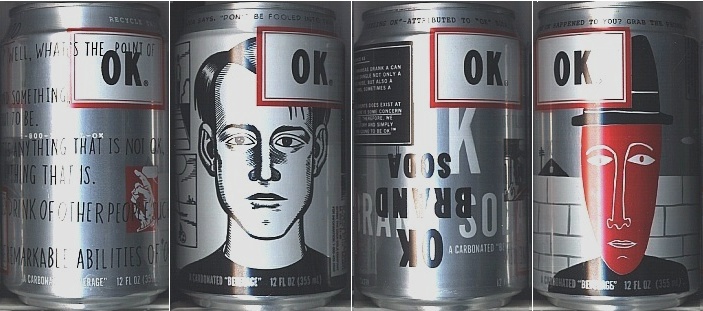
4. **OK Soda**OK soda, launched in 1993, was Coca-Cola’s bizarre foray into the grunge-era counterculture. This might be the weirdest soft drink ever launched! Targeting Generation X, this soda was the anti-establishment for the disillusioned. Funky packaging included, featuring cryptic messages and a hotline inviting consumer feedback.
OK soda, launched in 1993, was Coca-Cola’s bizarre foray into the grunge-era counterculture. This might be the weirdest soft drink ever launched! Targeting Generation X, this soda was the anti-establishment for the disillusioned. Funky packaging included, featuring cryptic messages and a hotline inviting consumer feedback.
Why do you think it is called OK? Is it because it’s just… OK, and that’s why it vanished into the soda void? The can’s surreal artwork and cryptic messages made the drink look fictional. But it’s real! It stood out for its bleak black-and-white can designs and grunge aesthetic, though its slogan ironically stated, “Things are going to be OK.”
Taste-wise, the carbonated bevvie was said to be more of a fruity or citrusy cola, and after trying it for the first time, many customers agreed that it matched its name perfectly, as it was less than impressive. Rumor has it that the closest you’ll get to its flavor profile is mixing flat Coke with a splash of orange soda and a whisper of herbal notes. H-Herbal? Really?
Ultimately, it was one of the most depressing products ever, disappearing from shelves in just two years. Because of this, paired with negative campaigns with a narrow target audience, things did not end up OK for the brand, and it was abandoned in 1995. It was an interesting concept, but perhaps too niche for the mainstream soda market.
Read more about: Beyond the Booth: 13 Ways AI Voice Tech is Secretly Reshaping Your Favorite Cartoons!
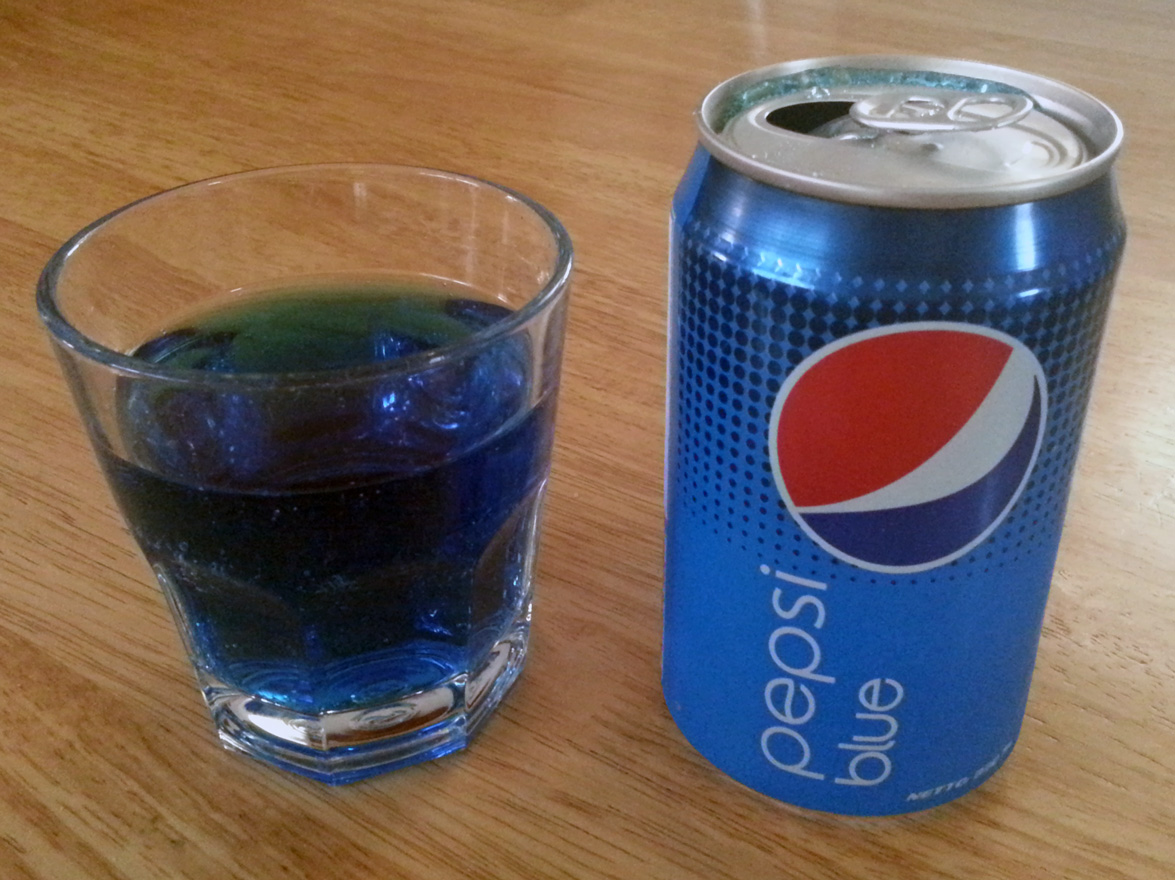
5. **Pepsi Blue**Do you remember Pepsi Blue? If you don’t, take a look at the picture. Does it remind you of the early 2000s? Pop-punk is blaring on every radio station, and everyone uses flip phones? Then suddenly… Pepsi released a banger on a random day! A soda that was electric blue. Yeah, that’s Pepsi Blue!
Do you remember Pepsi Blue? If you don’t, take a look at the picture. Does it remind you of the early 2000s? Pop-punk is blaring on every radio station, and everyone uses flip phones? Then suddenly… Pepsi released a banger on a random day! A soda that was electric blue. Yeah, that’s Pepsi Blue!
In the early 2000s, PepsiCo made a daring splash with Pepsi Blue. It was a neon-blue, berry-flavored soda looking to outshine Coca-Cola Vanilla. But were people who wanted vanilla going to grab a bright blue drink? Despite celebrity endorsements and its integration into pop culture, its candy-like taste was not a big hit with consumers. By 2004, the Big Blue experiment was over and Pepsi discontinued the soda.
It had its cola undertone, but it was mostly berry-flavored! The sweetness? Oh, it was intense. Some would say it’s too intense. Though it made the flavor unique, not everyone was ready for a soda that tasted like a candy aisle in a bottle.
Perhaps Pepsi was trying to revive the clear cola concept of Crystal Pepsi and just add Berry flavoring to it. The vibrant, almost artificial blue color was certainly eye-catching, making it a standout on store shelves. However, despite its bold appearance and marketing push, the flavor profile ultimately sealed its fate, proving that sometimes, even the most visually striking drinks can’t overcome taste preferences.
Read more about: Decoding Offshore Wealth: An In-Depth Look at International Tax Havens for Elite Individuals and Corporations
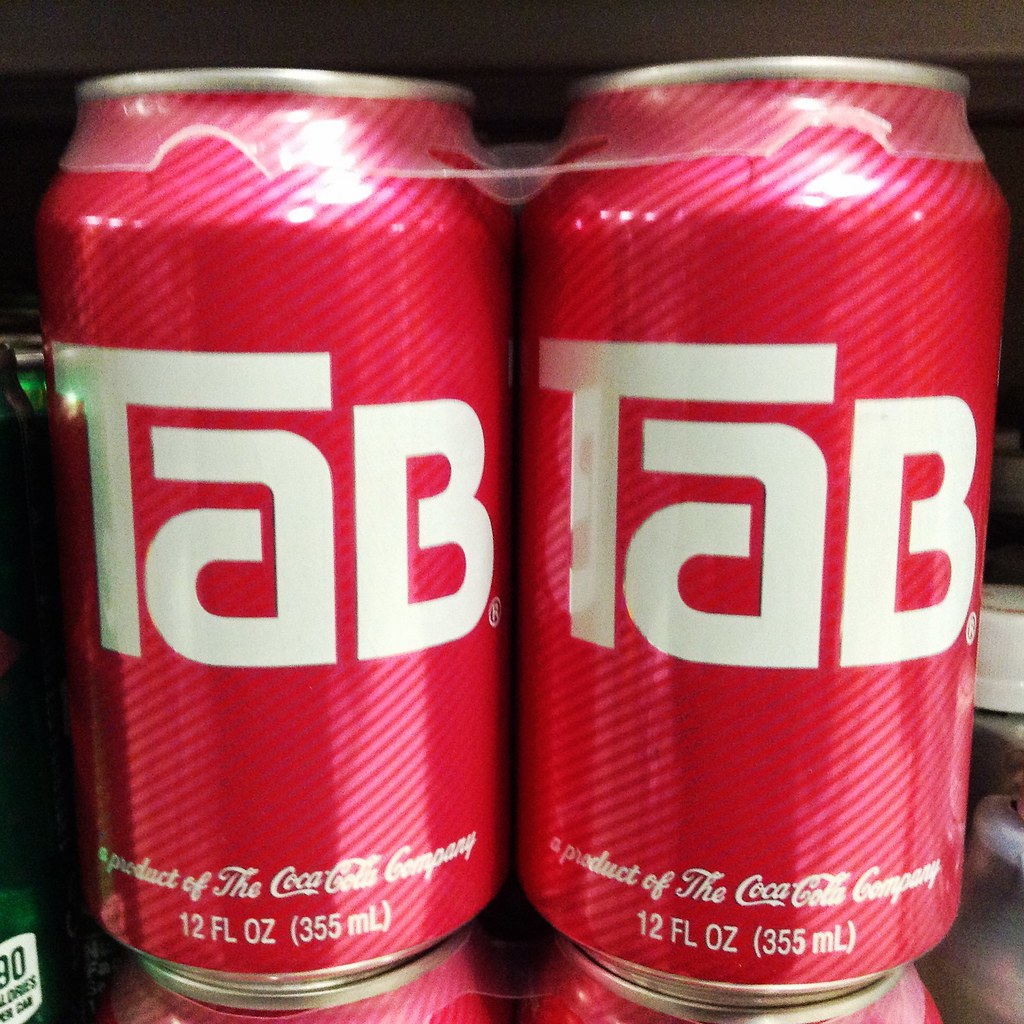
6. **Tab**One of the original diet sodas from Coca-Cola! If you grew up in the ’70s or ’80s, you probably remember this hot pink can with its bold retro logo. Launched in 1963, this was Coca-Cola’s first diet soda. Tab pioneered calorie-free beverages and had a dedicated cult following for an impressive 57 years. The fake sugars were a big hit.
One of the original diet sodas from Coca-Cola! If you grew up in the ’70s or ’80s, you probably remember this hot pink can with its bold retro logo. Launched in 1963, this was Coca-Cola’s first diet soda. Tab pioneered calorie-free beverages and had a dedicated cult following for an impressive 57 years. The fake sugars were a big hit.
Tab had this distinct taste that could best be described as “a diet soda before diet soda really got good.” It was sweet but not sugar-laden like Coca-Cola or Pepsi. We’ve learned it leaned heavily on saccharin, an artificial sweetener that gave it a slightly bitter aftertaste. So, if you don’t fancy sweet beverages and are looking for balance, you would’ve picked Tab at the store!
Sadly, the rise of Diet Coke in the 1980s eclipsed Tab, leading to its discontinuation in 2020. Today, you probably can’t imagine a world without the luminescent silver cans of Diet Coke following you wherever you go. But, Tab soda walked so that Diet Coke could run.
The idea was that people could keep “tabs” on their weight by drinking the light cola with hints of tart lemon-lime. The cheery red cans became a cultural icon in the 1960s and 1970s. Tabaholics kept it alive until 2020, though, until it was officially discontinued. Gone, but never forgotten and certainly worthy of a spot at the soda museum.
Read more about: Navigating the Monarchy: 14 Essential Etiquette Rules Americans Often Overlook When Socializing with British Royalty
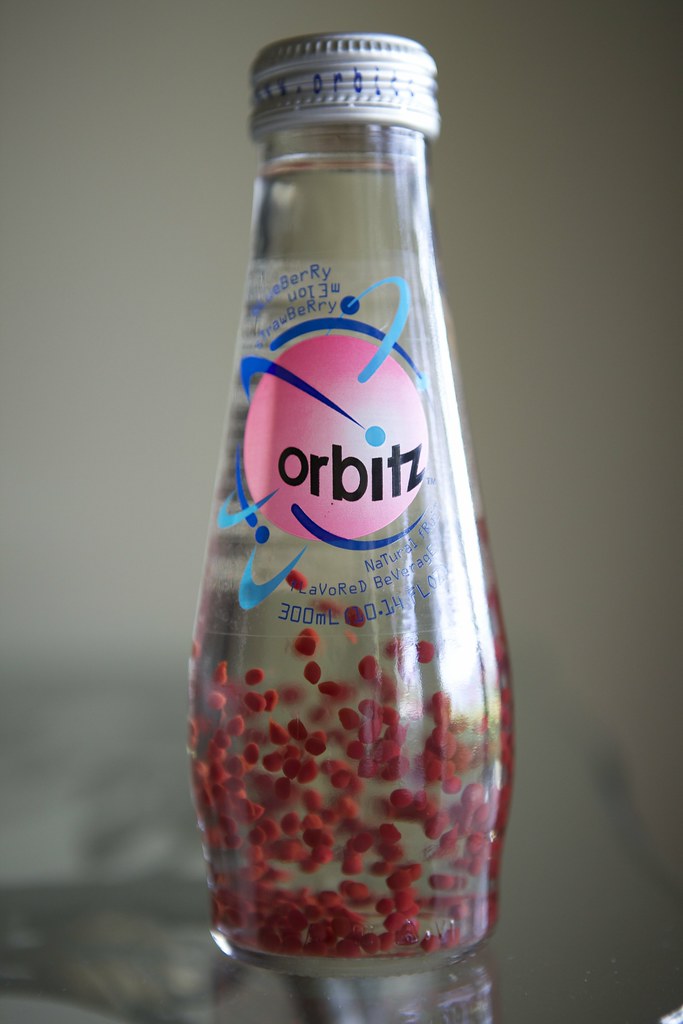
7. **Orbitz**Remember the late ’90s, when everything felt like a futuristic experiment, even our drinks? Well, PepsiCo took that vibe and bottled it, literally, with Orbitz, launched in 1997. This wasn’t just a drink; it was a sensory experience, a mesmerizing “lava lamp” soda with floating, edible flavor balls. What’s not to love about a chewy soda?
Remember the late ’90s, when everything felt like a futuristic experiment, even our drinks? Well, PepsiCo took that vibe and bottled it, literally, with Orbitz, launched in 1997. This wasn’t just a drink; it was a sensory experience, a mesmerizing “lava lamp” soda with floating, edible flavor balls. What’s not to love about a chewy soda?
Orbitz certainly stood out on the shelf, boasting a strikingly translucent liquid that held suspended gelatinous balls, giving it an otherworldly appearance. It was marketed as a “texturally enhanced” beverage, promising a unique mouthfeel that was unlike anything else in the soda aisle. For a brief moment, it captured the imagination of consumers, beckoning them to try a drink that looked more like an art installation than a thirst quencher.
However, the very thing that made Orbitz so unique ultimately proved to be its Achilles’ heel. The “unsettling texture” of those floating balls divided consumers sharply; some found it a delightful novelty, while others were simply put off by the chewiness in their beverage. Despite its audacious design, Orbitz couldn’t secure a lasting place in the market.
Alas, the dream of drinking a lava lamp was short-lived. By 1998, a mere year after its launch, Orbitz was discontinued, fading into the annals of soda history as a bold, if somewhat bewildering, experiment. It remains a cult favorite for those who dare to remember its bizarre charm, a true testament to the saying, “you either love it or you hate it!”
Read more about: Seriously What Happened? 9 Vintage Sodas That Vanished From Store Coolers — A Bubbly Trip Down Memory Lane.
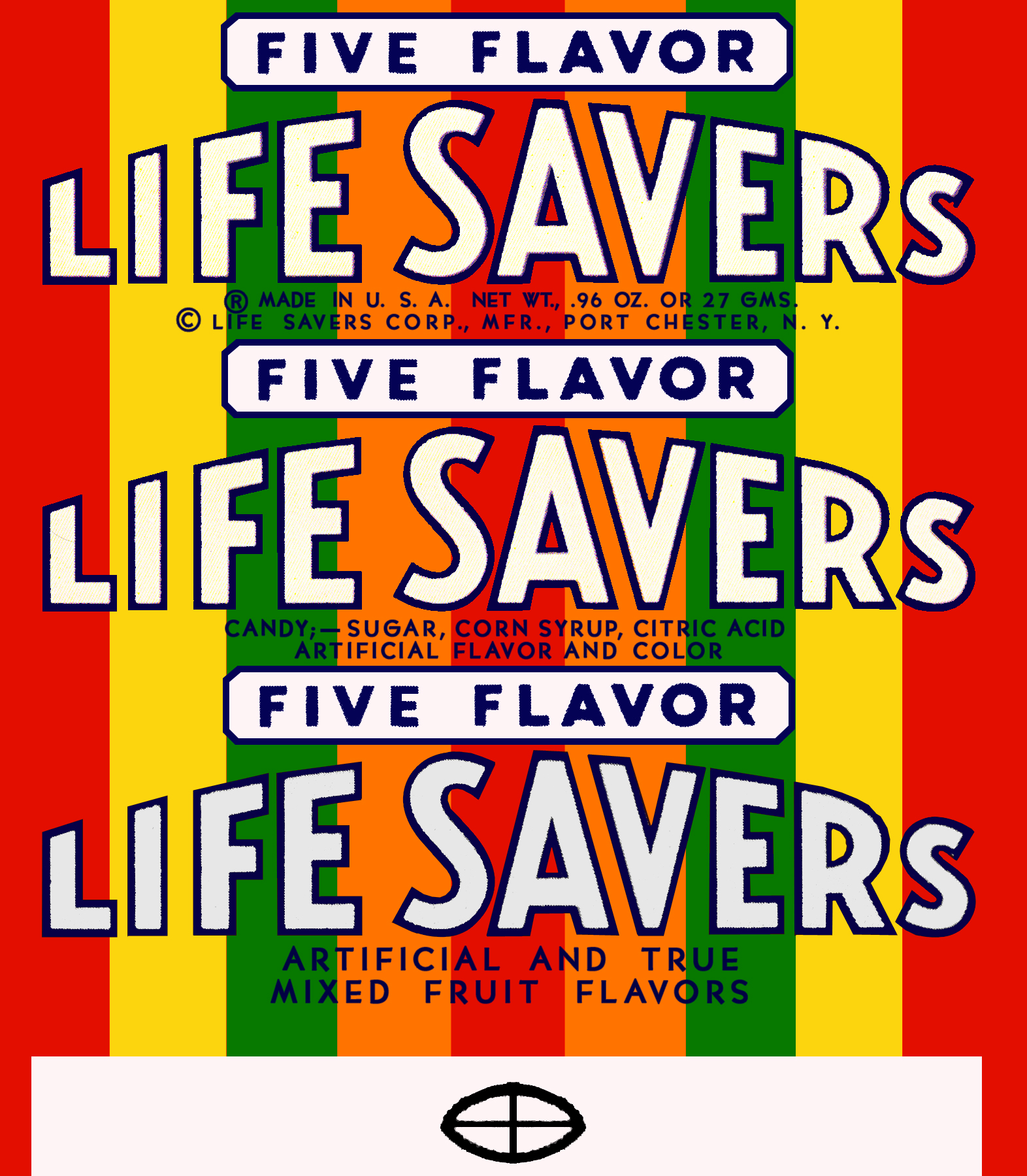
8. **Life Savers Soda**Picture this: your favorite candy, now in liquid form! That was the grand idea behind Life Savers Soda, which attempted to turn the iconic ring-shaped candy into a drinkable experience in 1981. They rolled out flavors like Fruit Punch, Pineapple, Orange Punch, Grape Punch, and Lime Punch, all packaged in those rainbow-splashed cans and bottles that screamed ’80s fun.
Picture this: your favorite candy, now in liquid form! That was the grand idea behind Life Savers Soda, which attempted to turn the iconic ring-shaped candy into a drinkable experience in 1981. They rolled out flavors like Fruit Punch, Pineapple, Orange Punch, Grape Punch, and Lime Punch, all packaged in those rainbow-splashed cans and bottles that screamed ’80s fun.
The concept of a candy-flavored soda sounds like a childhood dream, right? And apparently, it fared well in test runs, giving the company hope that they had a sugary hit on their hands. Imagine a fizzy version of those fruity hard candies, delivering a burst of nostalgic sweetness with every sip. It was an ambitious crossover, trying to bridge the gap between confectionery and carbonation.
But, as we all know, sometimes candy is best left in wrappers. Despite the initial buzz, Life Savers Soda struggled to sustain interest in stores. According to nostalgic customers on Reddit, the main issue was that these beverages were perceived as “cavity-inducing saccharine bombs,” meaning they were just *too* sweet. The irony here is rich: a product named “Life Savers” failed because it was considered anything but healthy!
By 1982, after just one year on the market, Life Savers Soda disappeared, leaving behind a legacy that proves some ideas, while fun in concept, don’t quite translate to sustained success in the beverage world. It’s a classic example of when consumers agree that drinking candy might not actually be such a good idea after all.
Read more about: From Soup to Scotch: Unpacking Frank Sinatra’s Must-Have Dressing Room Delights Before Every Concert
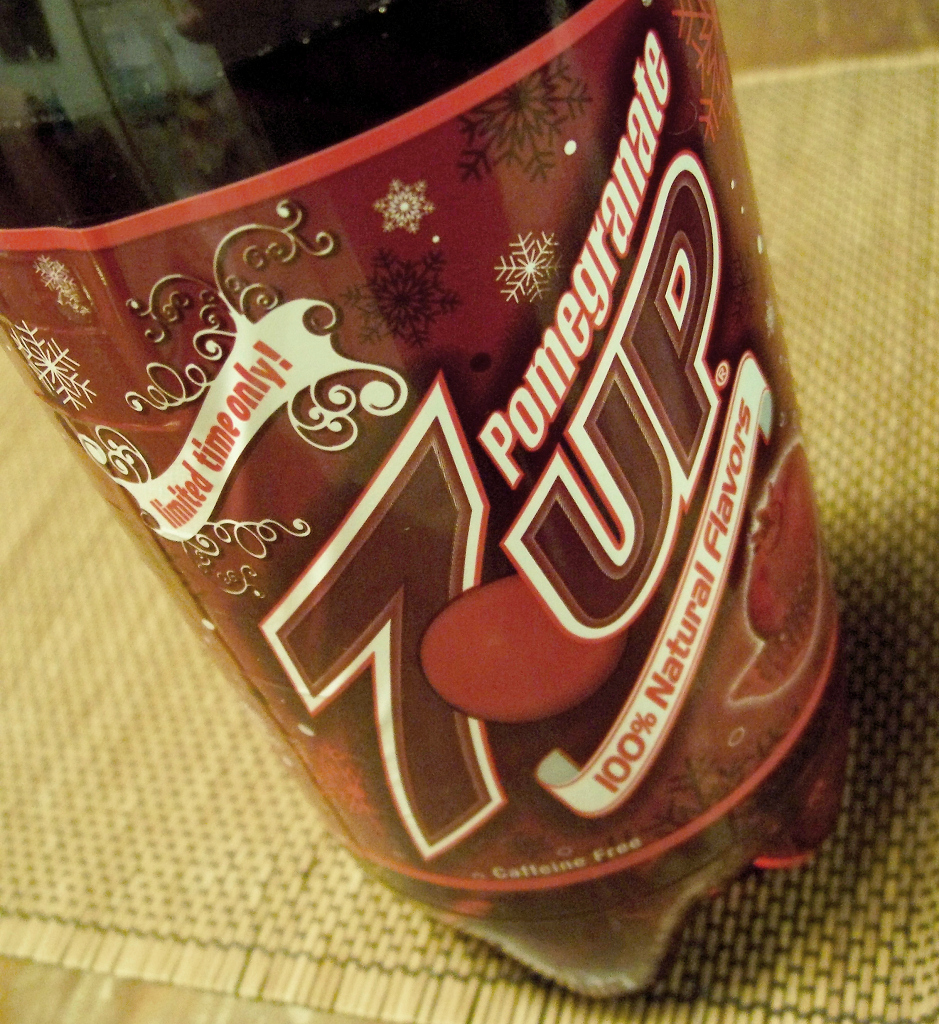
9. **7UP Gold**Hold onto your hats, because 1987 saw 7UP make a truly wild pivot with 7UP Gold. This wasn’t your classic clear, crisp, lemon-lime soda; oh no, this was its rebellious sibling. Debuting with a darker, richer hue, 7UP Gold boldly swapped the brand’s signature profile for a spiced cola flavor, complete with tantalizing hints of ginger and cinnamon. Seriously, that actually sounds tasty!
Hold onto your hats, because 1987 saw 7UP make a truly wild pivot with 7UP Gold. This wasn’t your classic clear, crisp, lemon-lime soda; oh no, this was its rebellious sibling. Debuting with a darker, richer hue, 7UP Gold boldly swapped the brand’s signature profile for a spiced cola flavor, complete with tantalizing hints of ginger and cinnamon. Seriously, that actually sounds tasty!
Fans who dared to try this dramatic departure described its taste as complex, a blend that felt almost like a sophisticated mix of ginger ale and cola, with that distinct whisper of cinnamon. It was a flavor profile that certainly stood out in the soda section, trying to blend into the mainstream while simultaneously offering something entirely new. Adding to its rebellious streak, unlike regular 7UP which proudly touted its caffeine-free status, 7UP Gold contained caffeine. Yep, it was truly trying to carve out its own niche!
Despite its unique and intriguing flavor, 7UP Gold failed to resonate with the broader consumer market. Perhaps it was too much of a departure from what people expected from the 7UP brand, or maybe the spicy cola trend hadn’t quite caught on yet. Whatever the reason, its tenure on store shelves was incredibly brief.
Sadly, this fiery twist of the classic 7UP we grew up with was rapidly discontinued in 1988, lasting barely a year. It’s a prime example of a brand taking a huge swing with an experimental flavor, only for it to fizzle out, leaving us to wonder what might have been. For those who tasted it, 7UP Gold remains a spicy, cinnamony, and unforgettable memory in the annals of forgotten sodas.
Read more about: The ’80s Sweet Spot: 14 Iconic Candy Bars That Vanished from Convenience Stores, Leaving Us Craving More!

10. **Coca-Cola BlāK**Calling all coffee lovers and soda enthusiasts! In 2006, Coca-Cola launched an idea that, on paper, sounded like pure genius: Coca-Cola BlāK, a daring fusion of soda and coffee. Finally, a way to get your caffeine fix and your fizzy drink fix all in one slick bottle! Many caffeine-fueled souls were probably ready to unite and chant, “Give us both!” at the prospect of this revolutionary beverage.
Calling all coffee lovers and soda enthusiasts! In 2006, Coca-Cola launched an idea that, on paper, sounded like pure genius: Coca-Cola BlāK, a daring fusion of soda and coffee. Finally, a way to get your caffeine fix and your fizzy drink fix all in one slick bottle! Many caffeine-fueled souls were probably ready to unite and chant, “Give us both!” at the prospect of this revolutionary beverage.
This innovative concoction was Coca-Cola’s attempt to experiment and tap into the burgeoning coffee market without abandoning its soda roots. It was a fizzy soda with a hint of coffee sophistication, aiming to appeal to the “coffee elite” and show that Coke could be trendy too. The brand poured resources into its development, truly believing they had stumbled upon the best of both worlds, a drink for those who wanted that bold cola taste intertwined with the rich aroma and kick of coffee.
However, the execution didn’t quite hit the mark for most consumers. Despite the slick idea, the taste of Coca-Cola BlāK proved to be a divisive one. Many found the combination of coffee and cola to be jarring rather than harmonious, describing it as a “terrible combination.” The market simply wasn’t ready for a beverage that straddled these two distinct categories, leading to widespread consumer rejection.
Ultimately, the daring experiment didn’t work out as planned. By 2008, after a short two-year run, Coca-Cola BlāK was discontinued due to poor sales. While some still reminisce about its unique flavor and wish for its return, its disappearance serves as a reminder that sometimes, even the most innovative fusions can struggle to find a permanent home in the hearts (and stomachs) of the mainstream public.
Read more about: Why Celebrity Endorsements Fall Flat: Strategic Pitfalls and Lessons for Sustainable Brand Growth
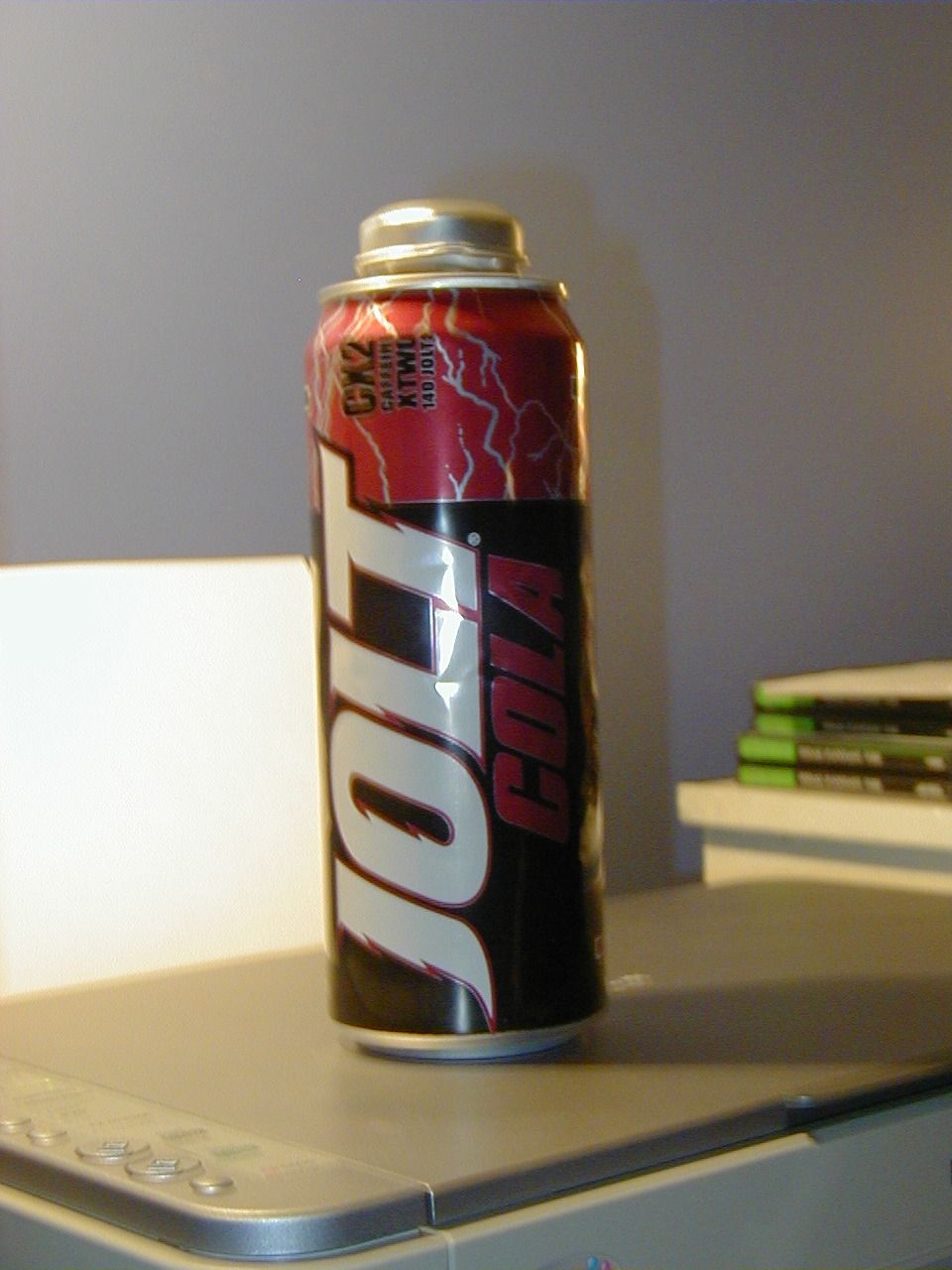
11. **Jolt Cola**Talk about a blast from the past for anyone needing a serious kick! Launched in 1985, Jolt Cola came screaming onto the scene with a no-holds-barred slogan: “all the sugar and twice the caffeine.” It wasn’t subtle, and that was exactly the point. Positioned as a rebellious alternative to the burgeoning diet drink craze of the ’80s, Jolt Cola was for those who believed more was definitely more. Heck yeah!
Talk about a blast from the past for anyone needing a serious kick! Launched in 1985, Jolt Cola came screaming onto the scene with a no-holds-barred slogan: “all the sugar and twice the caffeine.” It wasn’t subtle, and that was exactly the point. Positioned as a rebellious alternative to the burgeoning diet drink craze of the ’80s, Jolt Cola was for those who believed more was definitely more. Heck yeah!
This was the go-to beverage for students burning the midnight oil, tech workers pushing through long shifts, and anyone looking for an unapologetic energy boost. Jolt gained a fervent cult following, celebrated for its raw, unadulterated power. While other sodas whispered about “light” or “calorie-free,” Jolt roared about pure, unadulterated energy, delivering an intense sugar- and caffeine-fueled punch that left no doubt about its intentions.
Despite its initial success and dedicated fanbase, Jolt Cola’s popularity eventually waned as the energy drink market evolved and became more crowded with new players offering even more extreme boosts. The original formula gradually faded from most shelves by the late 2000s, unable to keep up with the intense competition. It goes to show that even pioneering rebels can be outmaneuvered!
That said, Jolt Cola has proven to be quite resilient. While its widespread availability has diminished, you can still find this stuff in select stores, making it a nostalgic treasure hunt for those who miss its classic kick. Its legacy as one of the original high-caffeine sodas lives on, a testament to a time when consumers craved a simple, powerful jolt to get them through their day.
Read more about: Seriously What Happened?! 10 Classic Snacks That Vanished From Grocery Store Shelves — A Taste of Childhood Past!
12. **Mountain Dew Pitch Black**Get ready for a cosmic adventure with every sip! Mountain Dew Pitch Black, first introduced in 2004, was a certified Halloween favorite, bringing a dark and mysterious grape-flavored twist to the beloved Dew lineup. This wasn’t just any grape soda; it was an “electric grape punch” that had its own unique personality, instantly captivating fans with its edgy aesthetic and bold flavor profile.
Get ready for a cosmic adventure with every sip! Mountain Dew Pitch Black, first introduced in 2004, was a certified Halloween favorite, bringing a dark and mysterious grape-flavored twist to the beloved Dew lineup. This wasn’t just any grape soda; it was an “electric grape punch” that had its own unique personality, instantly captivating fans with its edgy aesthetic and bold flavor profile.
The can itself looked like something out of a futuristic thriller, making the drink even more appealing. You’d take a sip, and it wasn’t the “meh” grape you usually taste; instead, it hit you with an intense, almost supernatural burst of flavor that left you wondering why all sodas couldn’t be this cool. It quickly garnered a dedicated following among Dew enthusiasts who appreciated its daring departure from the brand’s usual citrusy offerings.
However, like all great things, Pitch Black wasn’t meant to last in a straightforward manner. Its story is a rollercoaster of comebacks and heartbreaks, a testament to its enduring popularity and the fervent calls from diehard Dew lovers who mourned its every disappearance. It saw various limited-time returns, each sparking renewed excitement, only to fade away again, making its presence a fleeting, treasured event.
By 2019, after several stints in and out of the spotlight, Mountain Dew Pitch Black quietly faded into the soda graveyard once more, leaving its passionate fanbase sighing with a mixture of nostalgia and longing. Yet, the memory of its distinctive electric grape flavor and its iconic status as a Halloween staple ensures that this dark and mysterious Dew will remain a legendary part of soda history.
Read more about: The 12 Roadsters of Regret: Why These 2025 Models Will Leave Enthusiasts Wishing for a Do-Over
So there you have it, a bubbly journey through the archives of fizz, flavor, and fleeting fame. From bold marketing blunders to pioneering taste sensations and drinks that simply defied convention, these discontinued beverages are more than just forgotten recipes; they’re vibrant snapshots of our cultural past. They remind us that the world of soft drinks is an endlessly experimental playground, where innovation and nostalgia are always bubbling to the surface. And who knows, with the occasional revival, some of these sweet, carbonated memories might just get another chance to dance on our taste buds. Until then, we’ll keep dreaming of that perfect sip from yesteryear!

